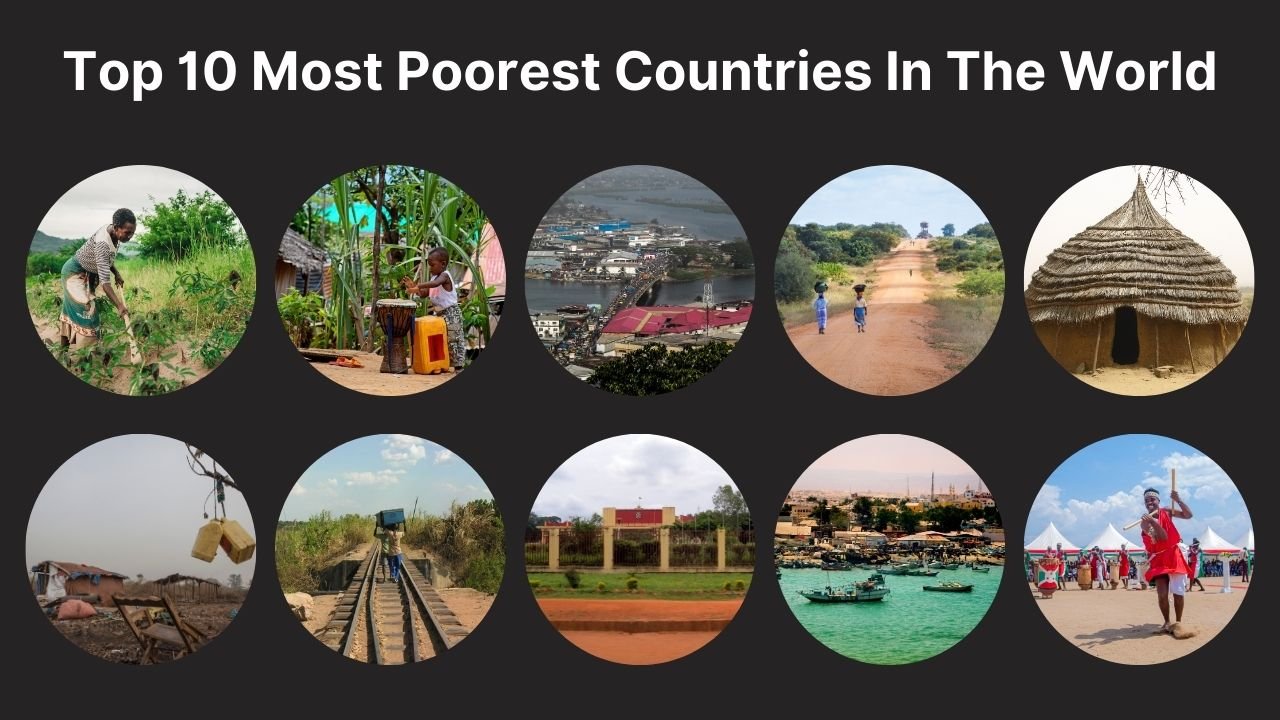The poorest countries in the world are those with the smallest Gross Domestic Product( GDP) per capita. GDP is a profitable index that measures the value of goods and services produced by a country over a given period. It is therefore sad to say that poverty remains a global challenge with around 8% of the world’s population living in extreme poverty, which means people are earning less than $2 a day.
In the world, the poorest countries are substantially located in Africa and Asia, with Burundi being the poorest country followed by Somalia, Mozambique, Central African Republic, and Madagascar. These countries are located in Sub-Saharan Africa, where poverty is widespread due to factors similar to political insecurity, corruption, lack of structure, and poor access to education and healthcare.
Did you know that there is a developing country whose average life expectancy is only 17 years? Get ready to witness poverty and starvation as today you will discover the top 10 poorest countries in the world.
Table of Contents
Here Are the Top 10 Most Poorest Countries
10: Malawi
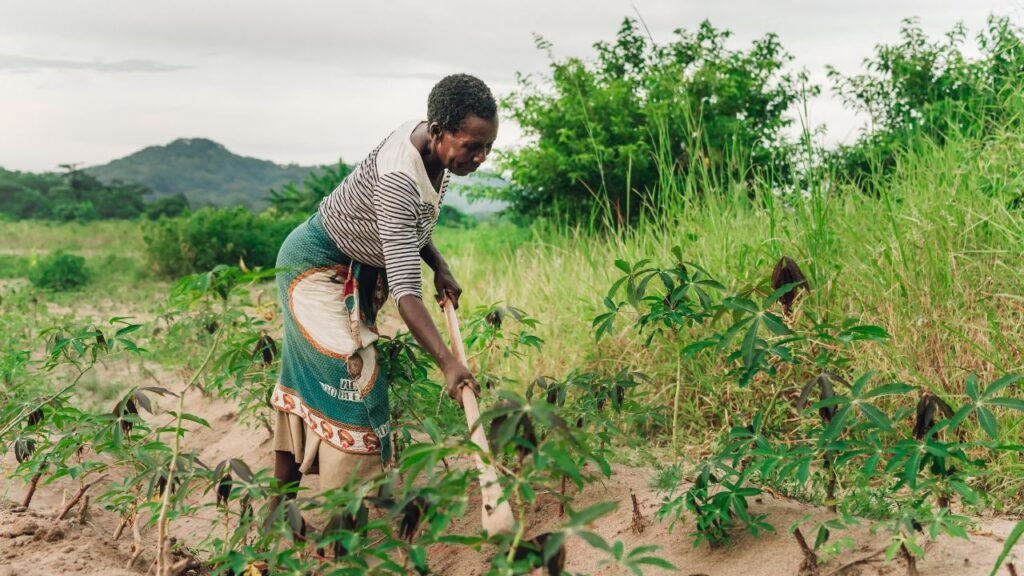
The GDP per capita for this poor country in southern Africa is only one thousand five hundred ninety-one dollars a year. Eighty-five percent of the residents live in rural areas, and almost the same percentage relies on agriculture. Thus, the country went through an economic crisis between 2015 and 2016 because of a sudden drought that, in turn, triggered severe famine.
According to pre-pandemic data, 52 percent of the population was poor, the middle class practically didn’t exist, and 25 percent of them lived in extreme poverty. Also, 9.5 percent of the population has HIV or AIDS, that is one million one hundred thousand HIV-positive out of only 13 million people. Starvation and disease have caused many grandparents to start taking care of their orphaned grandchildren.
On the other hand, Malawi is one of the epicenters of discrimination and murder of albino children since their bodies are seen as magical objects. So, they’re dismembered and sold as amulets; an arm can cost over one thousand one hundred dollars on the black market. Malawi’s life expectancy is only 65 years, and only 62 percent of adults can read and write. If you don’t think this is enough, wait for the next countries.
09: Madagascar
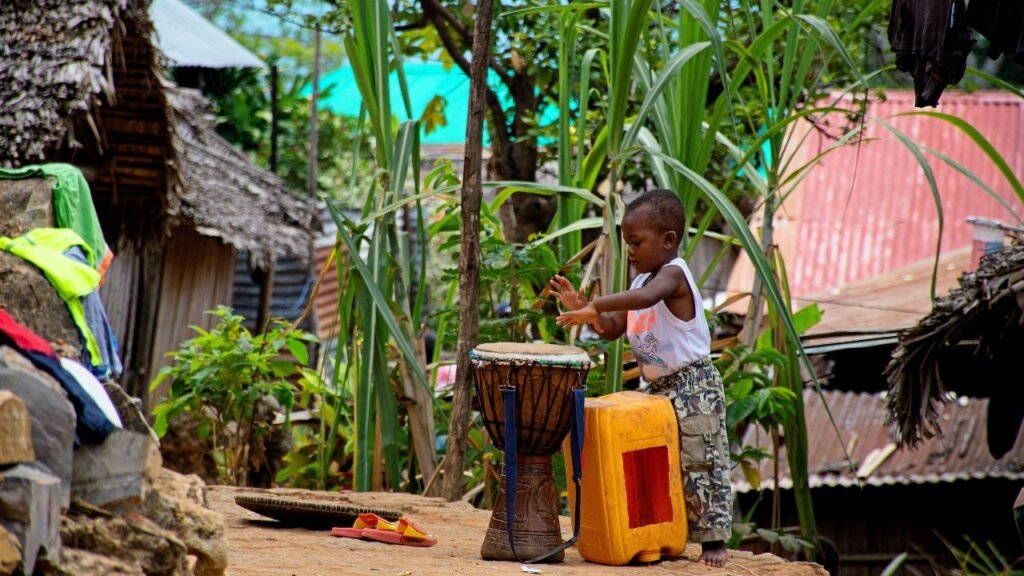
This African Island, known for being the land of lemurs, isn’t exactly a paradise for humans. The GDP per capita in this country averaged only 1,543 dollars, and 69 percent of the residents live on less than one dollar a day. Eighty-five percent of households don’t have electricity; only half of the population has access to piped water, and ninety percent of households aren’t connected to a public sewer. So, it’s common for them to have bowel movements outdoors. Because of this, the island was the scene of outbreaks such as Bubonic plague in 2017 and measles in 2019.
Life expectancy is only 67 years, and one out of 16 children dies before turning five. The malnutrition rate was 42 percent before the pandemic. The situation got worse in 2021 when a million and a half people in the south of the island faced terrible famine caused by drought. So many people had to feed only on locusts while waiting for humanitarian aid.
Read More: Top 10 Richest Football Players
08: Liberia
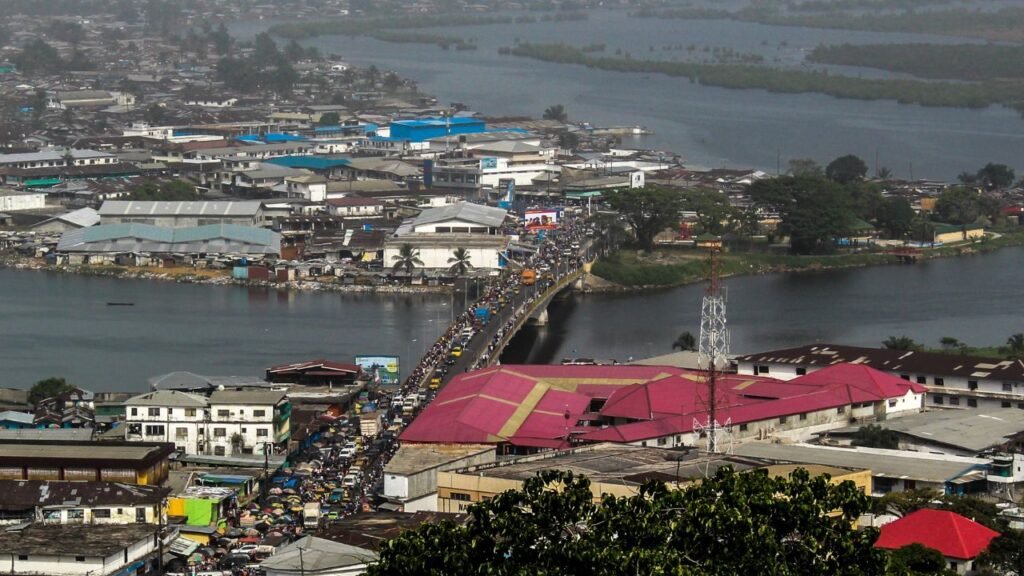
Amidst civil war until 2003 and in 2015, by an Ebola outbreak, Liberia’s GDP per capita is only 1467 dollars, and its capital, Monrovia, was classified by the U.N. as the poorest city in the world. Only a third of the residents have access to a proper toilet, and in the whole country, the figure is even lower. In marginal neighborhoods, the toilets are so precarious they collapse when it’s raining, or people just use beaches or spaces between houses to have a bowel movement.
Eighty-three percent of the Liberian population is at the threshold of poverty, meaning they live on less than 1.2 dollars a day. The formal sector rate is only 15 percent, and 32 percent of the country suffers from malnutrition. As if this wasn’t enough, female genital mutilation practice, which involves totally or partially removing external genitals, is widespread. Between 58 and 66 percent of Liberian women have been victims of this abuse condemned by the United Nations.
07: Mozambique
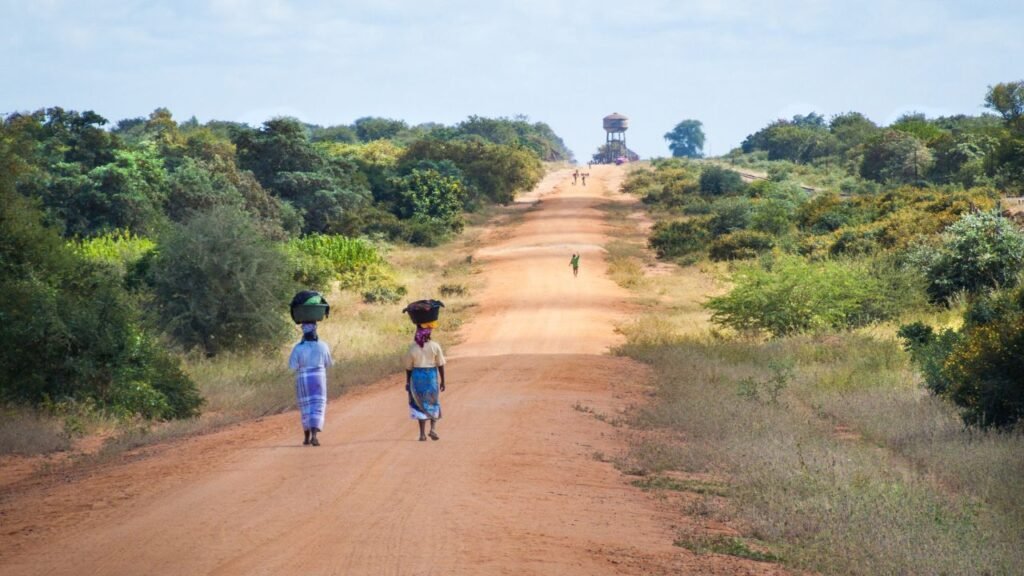
This Southern African country’s GDP per capita is 1296 dollars. Seventy percent of the residents are below the threshold of poverty. Life expectancy is only 58 years, and only 56 percent of adults can read and write. Mozambique is one of the most affected countries by HIV; 12 percent of the population is HIV positive, and since 2015, there have been more than 39,000 deaths caused by AIDS.
Sanitary conditions are quite poor; two-thirds of the population don’t have access to an appropriate water and drainage supply system. The under-five mortality rate is high; 147 out of 1,000 children will die before reaching that age. Plus, 45 percent of these deaths are caused by malnutrition, and almost as much by malaria.
06: Niger
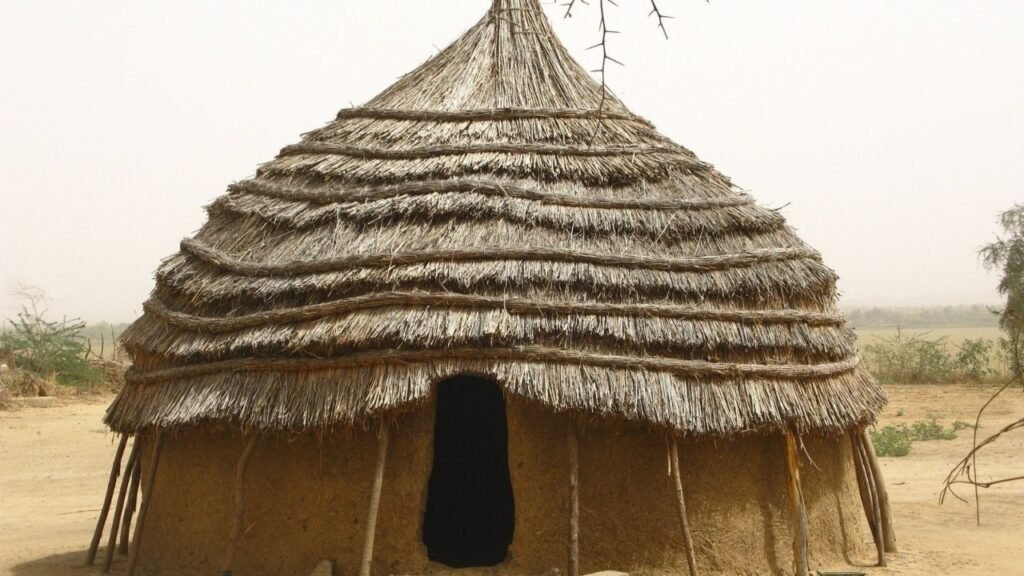
It’s nestled in the Sahara Desert with a gross domestic product per capita of only 1287 dollars. Indeed, 48 percent of the country lives below the threshold of poverty, meaning they live on one dollar a day or less. The country is the victim of a drought that destroyed crops and killed the cattle. Twenty percent of the residents can’t get enough food for the whole year, so many of them eat wild fruits, but some are toxic and cause diarrhea.
The health outlook is even more serious; more than 20 percent of children die before their fifth birthday. Life expectancy is hardly 63 years, and only 30 percent of the people can read and write. As if that wasn’t enough, Niger is a receiving country for refugees from Mali and Nigeria that are involved in armed conflicts. Also, it’s an important crossing point for migrants who go through the Sahara to reach Europe.
05: South Sudan
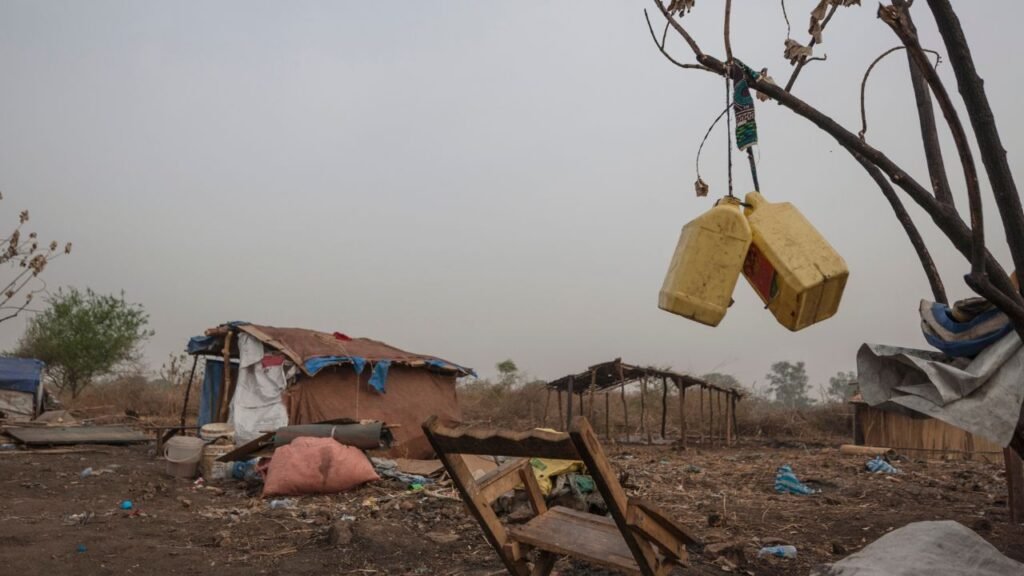
It was recently independent in 2011. This is the newest country in the world and also one of the poorest. The GDP per capita for it is only 1,234 dollars. Misery feels at home here; there’s almost no electricity, and those who have a cell phone must charge it in the market. Shoes are a rare commodity, so most people go barefoot. Ninety percent of the population lives on less than one dollar a day, and according to the United Nations, eight out of 10 million residents need humanitarian aid.
Although there are cities, it’s normal to live in small villages made up of several cabins. Due to the long and bloody Revolutionary War and also the Civil War that started two years later, there were many more women than men, so polygamy became widespread, and now a man can have up to four or five wives. In terms of health, 13 out of 100 children die before turning five, and maternal mortality is also high. Under these circumstances, it’s not surprising that only 26 percent of South Sudanese can write and read.
04: Democratic Republic of the Congo
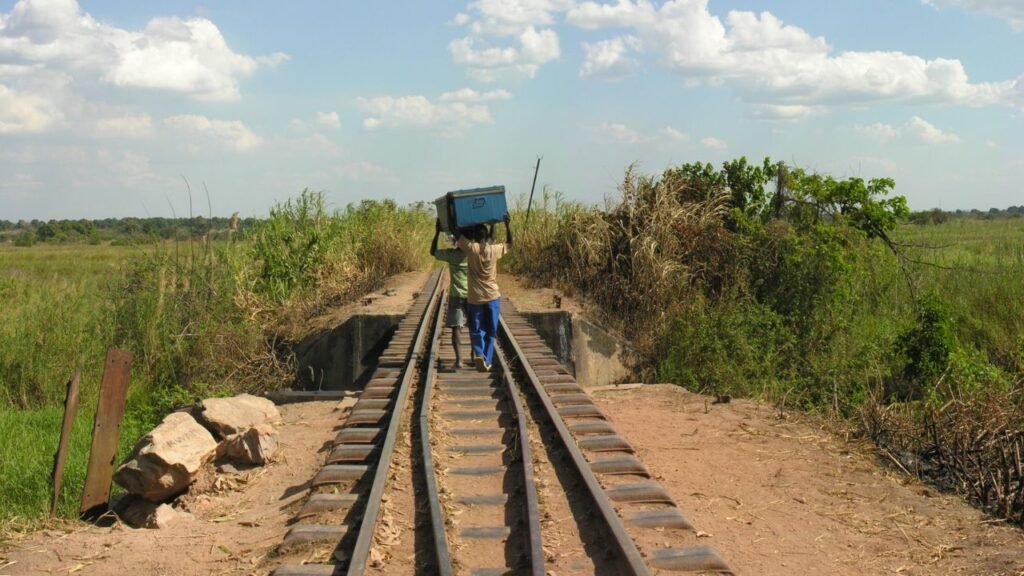
The GDP per capita for this country is 1141 dollars. The cell phone is likely to have a little bit of soil from this country inside because the Democratic Republic of the Congo is a major exporter of Coltan, which is a rock that contains a high concentration of tantalum, the mineral used to produce cell phones. However, the riches only benefit the armed groups, resulting in a total mess. Eighty percent of its population lives in extreme poverty. Life expectancy is only 62 years, and wars have left 4 million orphan children, according to UNICEF.
Forty-three percent of children experience delayed growth. Regarding sanitary matters, the situation is also awful; less than a quarter of the country has access to drinking water. As if this wasn’t enough, this country is the scene of one of the most medieval events that continue to occur up to now: the Witch Hunt. That’s right, in September 2021 alone, eight women accused of witchcraft were burned alive.
03: Central African Republic
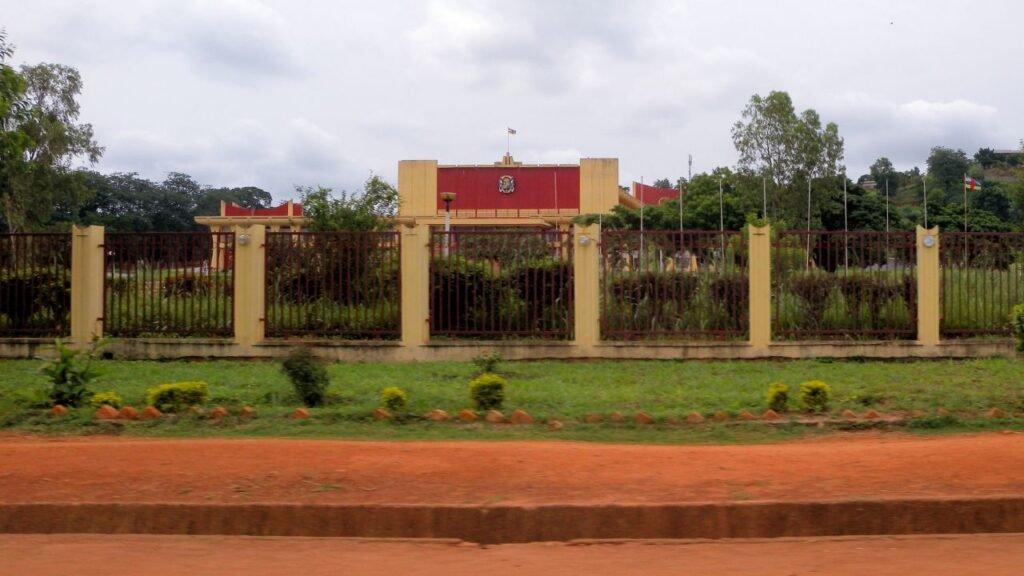
As its name suggests, the Central African Republic is a country located exactly in the middle of Africa, and the GDP per capita for this country is 987 dollars a year. Sixty-seven percent of the residents live in extreme poverty, and about 2.3 million people, that is more than half of the country, need humanitarian aid. Forty percent of the country suffers from chronic malnutrition, and there are only three doctors for every 100,000 residents.
The literacy rate is very low, since people who can read barely reach 37 percent, and life expectancy is only 53 years. Infrastructure is very scarce, and in its capital, Bangui, there are neighborhoods where drinking water hasn’t come out of the faucets for more than five years.
02: Somalia
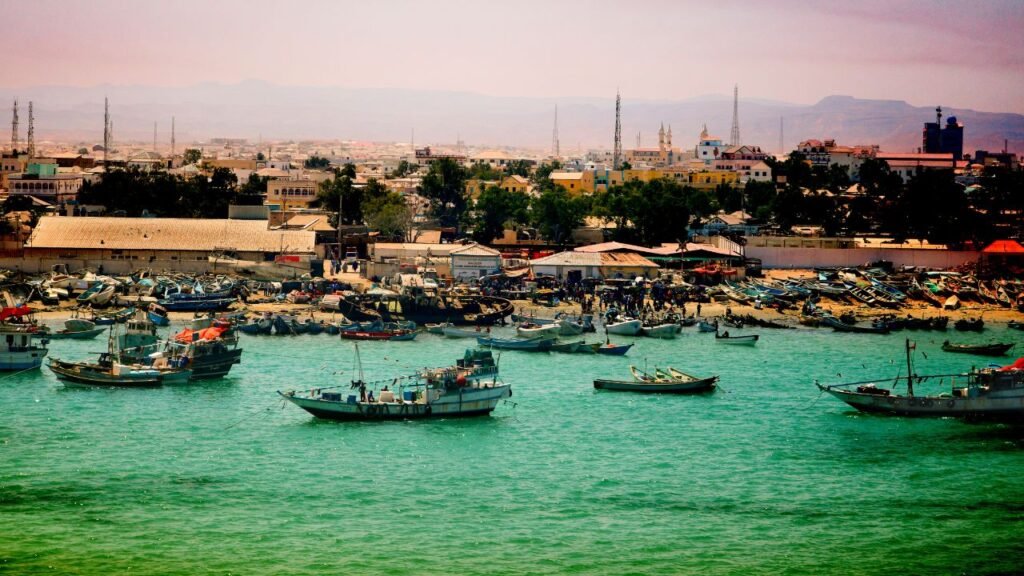
Civil war devastated this country and got it divided into several unrecognized states that ran against one another. The GDP per capita here is only 986 dollars. Seventy-five percent of the country is below the poverty line, and 43 percent of the population lives on less than one dollar a day. Agriculture is one of the sectors that support the economy, and it went into crisis in 2017 due to a drought that caused a food crisis, specifically famine for six million people.
Only 45 percent of the country has access to piped water sources, and the rest are exposed to getting sick with, for example, cholera from drinking contaminated water. In 2015, one out of seven children died before turning five, mainly from starvation and untreated diseases due to the lack of medical care. Life expectancy is only 56 years, and just like in Liberia, female genital mutilation is also widespread. Indeed, 97 percent of Somali women experienced this practice in 2005, but thanks to the authorities’ involvement, it has been reduced, and now it’s time to find out the poorest country of all residents who are, on average, 17 years old.
01: Burundi
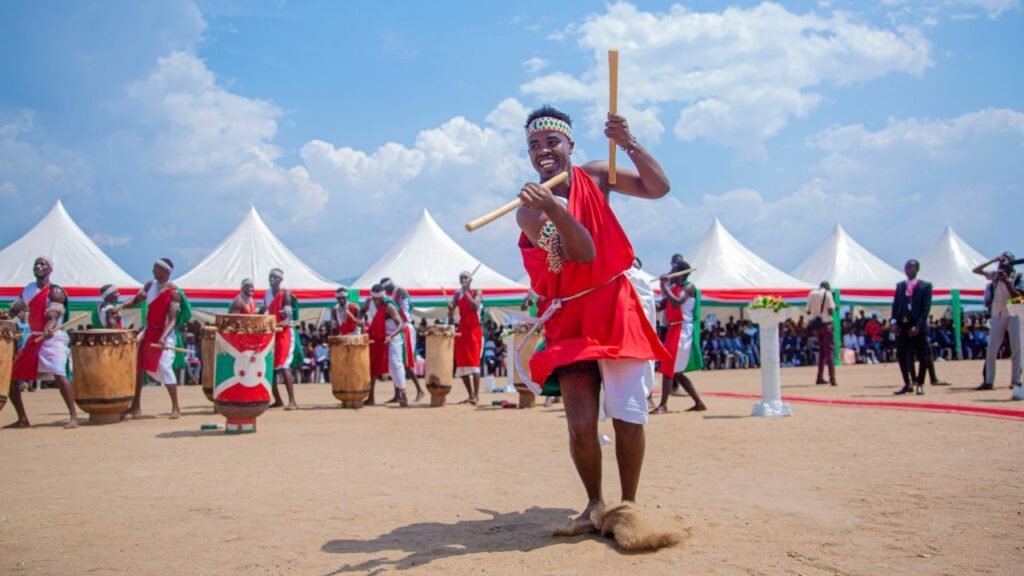
It’s located in the heart of sub-Saharan Africa. The GDP per capita for this country is only 770 dollars. It has no access to the sea, and its economy relies on agriculture, which represents half of the GDP and gives work to 90 percent of the population. Indeed, almost 1 out of 10 Burundians live in the countryside. As it’s also a mountainous country, residents are quite exposed to natural disasters like floods.
As I told you before I began, this country is extremely young; the average age is only 17 years old, and about 46 percent of the population is 14 years old or younger. On the other hand, more than half of the children suffer from chronic malnutrition. Burundi is so poor that foreign aid accounts for 42 percent of total income and it was described as one of the least happy countries in the world in 2018. However, political rights in 2015 caused international donors to stop giving, so the national budget was cut by 50, and this was an absolute catastrophe.
Fortunately, once the situation stabilized, the contributions returned; otherwise, many more people would be going hungry in this country of children.

